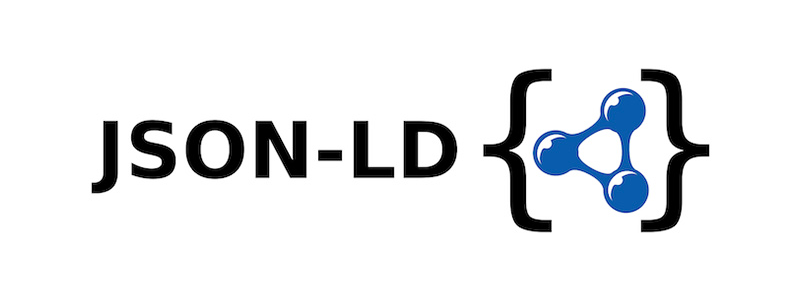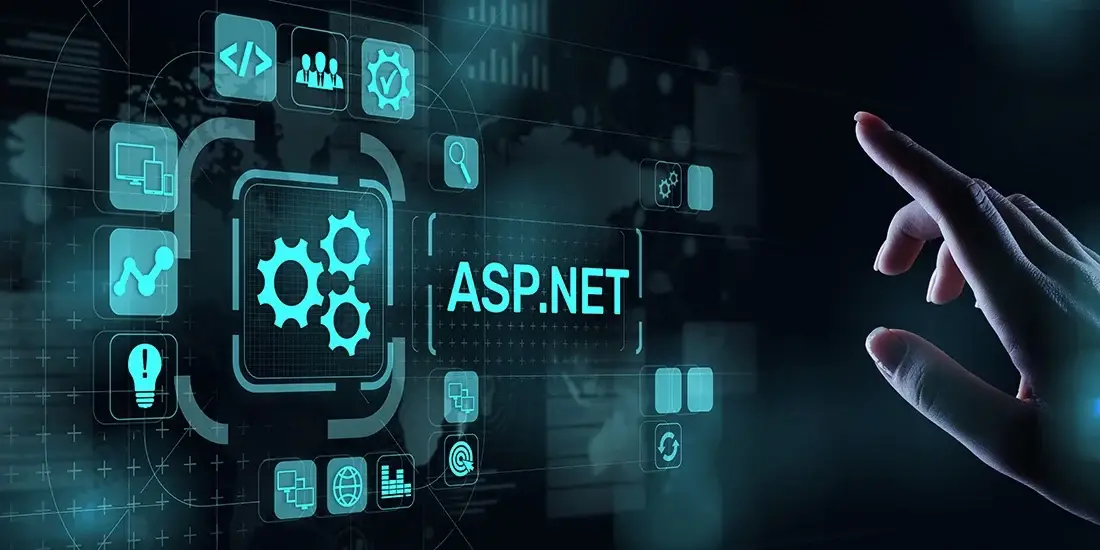IExceptionFilter in .NET Core
By Tan Lee Published on Feb 21, 2025 348
Exception Filter in ASP.NET Core
An
Exception filters help centralize exception-handling logic, separating it from controllers, business logic, and data access logic. This makes the code more organized and easier to maintain.
IExceptionFilter Interface
IExceptionFilter is an interface in ASP.NET Core designed to handle exceptions during request processing. By implementing this interface, you can define custom logic for exception handling, either globally or on a per-controller basis.
Advantages of IExceptionFilter
- Centralized Exception Handling: Exception handling can be managed from a single location, simplifying maintenance and changes to your exception-handling strategy.
- Separation of Concerns: It helps separate error-handling logic from business logic, enhancing code readability and maintainability.
- Consistent Error Responses: Standardizes how errors are reported back to clients, improving API usability.
- Access to HttpContext: Since filters can access the
HttpContext, they make it easier to log errors, modify responses, or perform any necessary operations based on the request context. - Interception of All Exceptions: It catches any exceptions that might not be handled elsewhere, ensuring the application responds gracefully to unexpected errors.
- Custom Logic: Provides the flexibility to implement any custom logic for exception handling, like handling specific exceptions differently.
Disadvantages of IExceptionFilter
- Global Scope: When implemented globally, all exceptions will be handled by the same filter. This may not be ideal if you need distinct handling strategies for different controllers or actions.
- Complex Error Handling: Handling multiple unique error cases in a single filter could lead to convoluted code, especially for complex error-handling scenarios.
- Performance Concerns: Adding additional logic for exception handling could introduce overhead, particularly if the handling includes extensive processing or logging.
- Limited to Web Context: Exception filters only operate within the MVC pipeline and cannot handle exceptions occurring outside controller actions, such as in middleware.
- Testing Complexity: Exception filters are tied to the ASP.NET dependency injection system, which can make unit testing more challenging, especially if they depend on
HttpContext.
Implementing IExceptionFilter
Using IExceptionFilter can significantly enhance exception handling in ASP.NET Core applications by providing a structured, centralized approach. However, it’s essential to use it judiciously to avoid unnecessary complexity, ensure optimal performance, and maintain flexibility. You might also want to consider combining it with other solutions, such as middleware, custom error pages, or logged service responses.
Here’s an example implementation of IExceptionFilter:
public class HandleExceptionFilter : IExceptionFilter
{
private readonly ILogger<HandleExceptionFilter> _logger;
public HandleExceptionFilter(ILogger<HandleExceptionFilter> logger)
{
_logger = logger;
}
public void OnException(ExceptionContext filterContext)
{
bool isAjaxCall = filterContext.HttpContext.Request.Headers["x-requested-with"] == "XMLHttpRequest";
filterContext.HttpContext.Session.Clear();
if (isAjaxCall)
{
filterContext.HttpContext.Response.StatusCode = (int)HttpStatusCode.InternalServerError;
var data = new
{
filterContext.Exception.Message,
filterContext.Exception.StackTrace
};
filterContext.Result = new JsonResult(data);
filterContext.ExceptionHandled = true;
}
else
{
filterContext.Result = new RedirectResult("/Error/Error");
}
_logger.LogError(GetExceptionDetails(filterContext.Exception));
filterContext.ExceptionHandled = true;
}
private string GetExceptionDetails(Exception exception)
{
var properties = exception.GetType().GetProperties();
var fields = properties
.Select(property => new
{
Name = property.Name,
Value = property.GetValue(exception, null)
})
.Select(x => $"{x.Name} = {(x.Value != null ? x.Value.ToString() : String.Empty)}");
return String.Join("\n", fields);
}
}
Registering the Filter in Startup.cs
public void ConfigureServices(IServiceCollection services)
{
services.AddControllers(options =>
{
options.Filters.Add<HandleExceptionFilter>();
});
}
For .NET 6 and above:
builder.Services.AddScoped<HandleExceptionFilter>();
The IExceptionFilter interface in ASP.NET Core provides a robust way to handle exceptions in a centralized manner. By implementing this interface, you can manage exceptions effectively, providing consistent error handling and responses.
- Implement security headers for an ASP.NET Core
- How to add security headers to an ASP.NET Core Application
- How to Initialize TagHelpers in ASP.NET Core with Shared Data
- Boost Your ASP.NET Core Website Performance with .NET Profiler
- The name 'Session' does not exist in the current context
- Implementing Two-Factor Authentication with Google Authenticator in ASP.NET Core
- How to securely reverse-proxy ASP.NET Core
- How to Retrieve Client IP in ASP.NET Core Behind a Reverse Proxy





